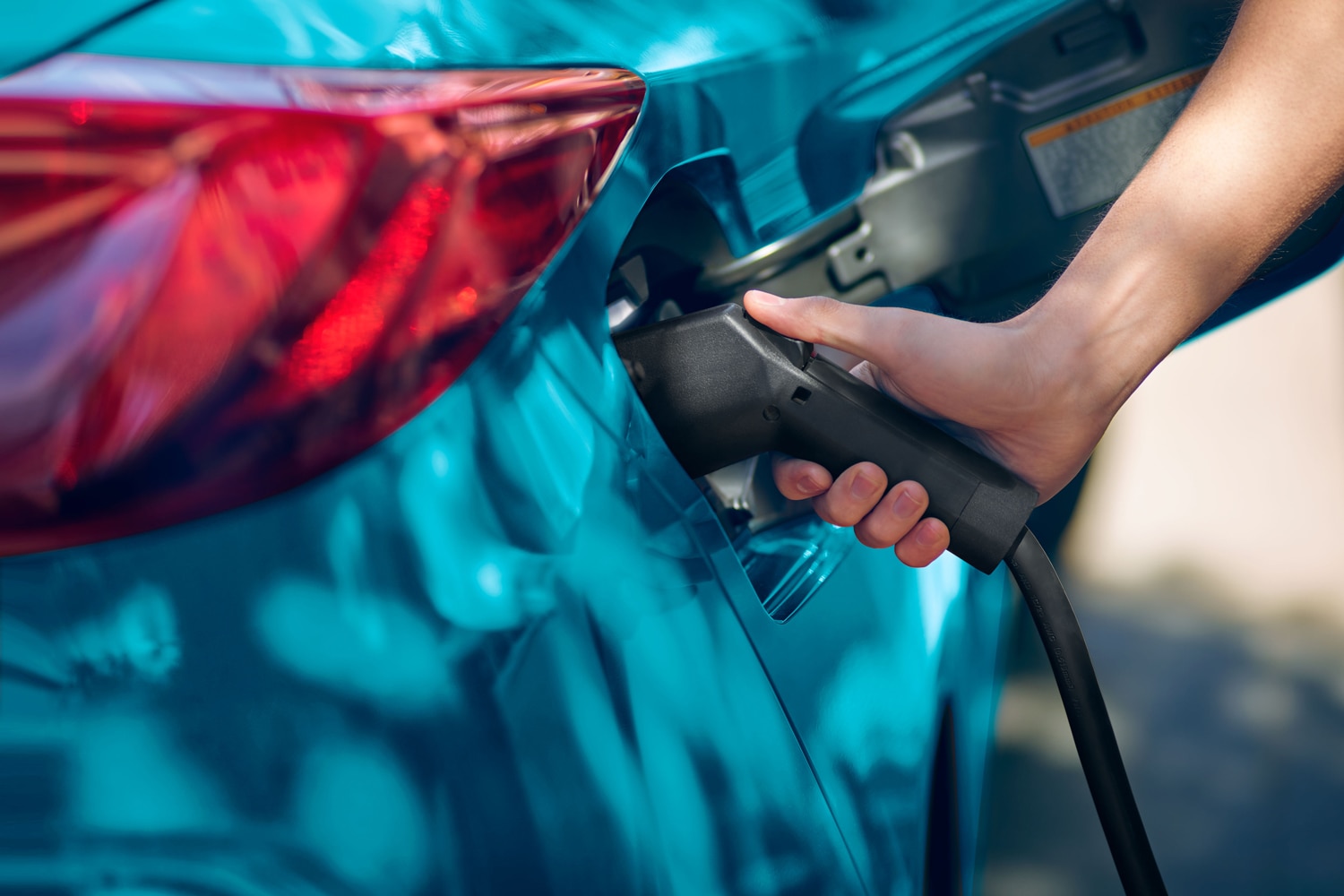Solid-State Batteries Could Hold the Key to Longer-Range EVs
New technology promises twice the energy of today’s batteries in the same package.

Toyota
If there is one thing holding back the average consumer from considering an electric vehicle (EV), it’s range. An EV’s range is largely dependent on how much energy its battery can store and how it uses that energy. There’s only so much that aerodynamic body shapes and efficient motors can do to improve mileage with current battery technology. Fortunately, the industry is close to implementing a new kind of power source that could change the game: the solid-state battery (SSB).
What’s So Great About Solid State?
Conventional batteries — like the 12V lead-acid brick tucked next to an internal-combustion engine, or the lithium-ion cells found in everything from smartphones to current EVs — use a liquid electrolyte between the cathode and anode. SSBs, on the other hand, employ a solid electrolyte, which has certain advantages over the liquid type. It’s not as flammable, for one thing, and it allows for quicker charging. Plus SSBs should retain more of their capacity for a longer period.
Arguably the biggest benefit of an SSB over a liquid-filled cell is superior energy density: how much energy the battery can store in a given volume or mass. Compared with lithium-ion batteries of roughly the same weight and size, the solid-state units in development now have around twice the energy density, which means they can provide twice the range. This is a real perk for packaging, as an automaker could replace an EV's large liquid-electrolyte battery with an SSB that’s half the size and still achieve the same energy output.
Why Aren’t Solid-State Batteries Here Yet?
There are several hurdles that battery makers need to overcome before automakers can put SSBs into production vehicles. The most obvious is cost. These packs are very expensive to produce, and current assembly methods don’t scale well. Battery makers are also still figuring out the best materials to use. Current prototypes tend to be a bit fragile and, thus, wouldn’t do well in a moving vehicle. Lastly, depending on their chemistry, SSBs may have trouble working in cold temperatures and require thermal management systems to keep them warm.

Toyota
When Could We See Solid-State Batteries in Production Cars?
Some major automakers have teamed up with established suppliers and battery startups to develop solid-state technology. For example, Volkswagen-backed QuantumScape promises to deliver SSBs in 2024 or 2025 that can charge from 0% to 80%in 15 minutes, more than four times as quick as a lithium-ion battery. The company says SSBs will be cheaper to produce by then as well.
Toyota is working with Panasonic and expects to sell its first SSB-equipped vehicle in 2025. It won’t be an EV, though; Toyota will use solid-state batteries in hybrids first as they use smaller (and therefore less expensive) batteries than electric vehicles. Toyota also has more experience and expertise with hybrids.
The Nissan-Renault-Mitsubishi Alliance targets 2028 for commercial viability of SSBs, and forecasts that the technology will eventually bring EVs to cost parity with internal-combustion-engine cars.
Written by humans.
Edited by humans.
 David Gluckman
David GluckmanDavid Gluckman has over a decade of experience as a writer and editor for print and digital automotive publications. He can parallel park a school bus, has a spreadsheet listing every vehicle he’s ever tested, and once drove a Lincoln Town Car 63 mph in reverse. When David’s not searching for the perfect used car, you can find him sampling the latest gimmicky foodstuffs that America has to offer.
Related articles
View more related articles